Phylum Cycliophora Rank Genus | Scientific name Symbion Higher classification Symbiidae Order Symbiida | |
 | ||
Family SymbiidaeFunch & Kristensen, 1995 Similar Gnathostomulid, Limnognathia, Loricifera, Gastrotrich, Entoprocta | ||
Symbion warehouse greystanes nsw
Symbion is the name of a genus of aquatic animals, less than ½ mm wide, found living attached to the bodies of cold-water lobsters. They have sac-like bodies, and three distinctly different forms in different parts of their two-stage life-cycle. They appear so different from other animals that they were assigned their own, new phylum Cycliophora shortly after they were discovered in 1995. This was the first new phylum of multicelled organism to be discovered since the Loricifera in 1983.
Contents
- Symbion warehouse greystanes nsw
- Sectaurs warriors of symbion ep 1 part 1of 2
- Taxonomy
- Description
- Reproduction
- References
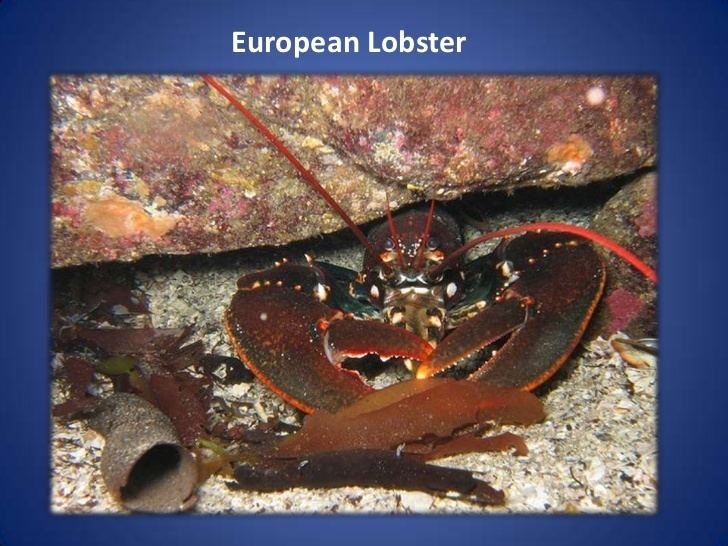
Sectaurs warriors of symbion ep 1 part 1of 2
Taxonomy
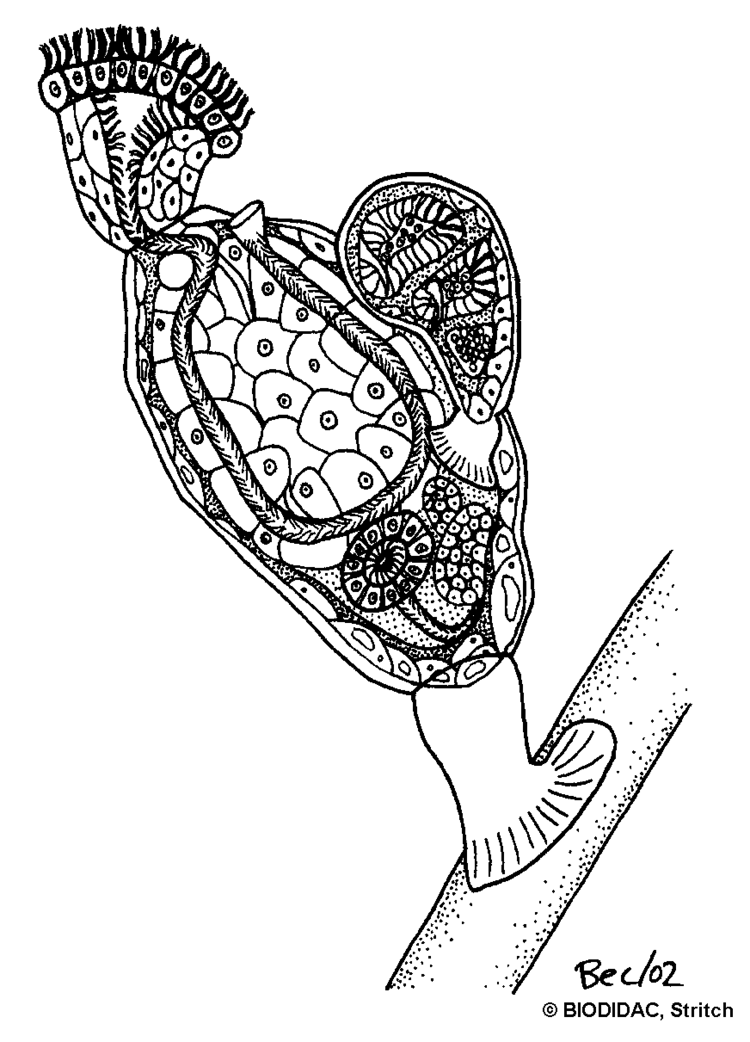
Symbion was discovered in 1995 by Reinhardt Kristensen and Peter Funch on the mouthparts of the Norway lobster (Nephrops norvegicus), and other, related, species have since been discovered on:
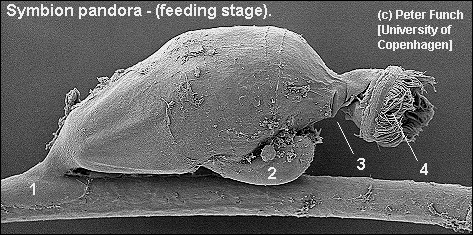
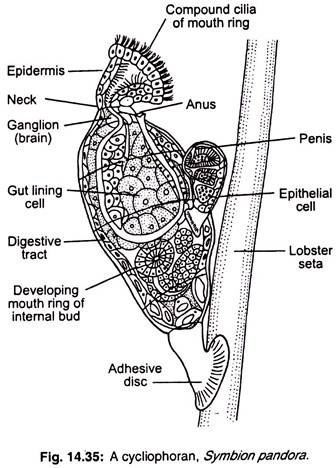
The genus is so named because of its commensal relationship with the lobster (a form of symbiosis) – it feeds on the leftovers from the lobster's own meals.
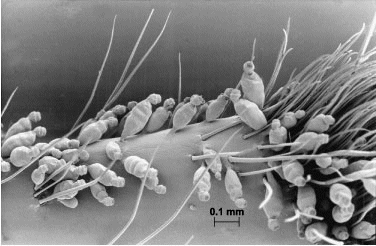
The genus Symbion are peculiar microscopic animals, with no obvious close relatives, and which was therefore given its own phylum, called Cycliophora. The phylogenetic position of Symbion remains unclear: originally the phyla Ectoprocta and Entoprocta were considered possible relatives of Symbion, based on structural similarities. However, genetic studies suggest that Symbion may be more closely related to Gnathifera.
Description
Symbion pandora has a bilateral, sac-like body with no coelom. There are three basic life stages:

Reproduction
Symbion can reproduce both asexually by budding and sexually. In sexual reproduction the male attaches to a feeding stage and impregnates a budding female. The female then separates from the feeding stage and attaches herself to another host, where the larva in her develops. The female dies, and the larva escapes. The larval stage may be unscientifically referred to as sea worms. The sexual reproductive cycle is triggered when the host crustacean molts its skin in order to grow.
